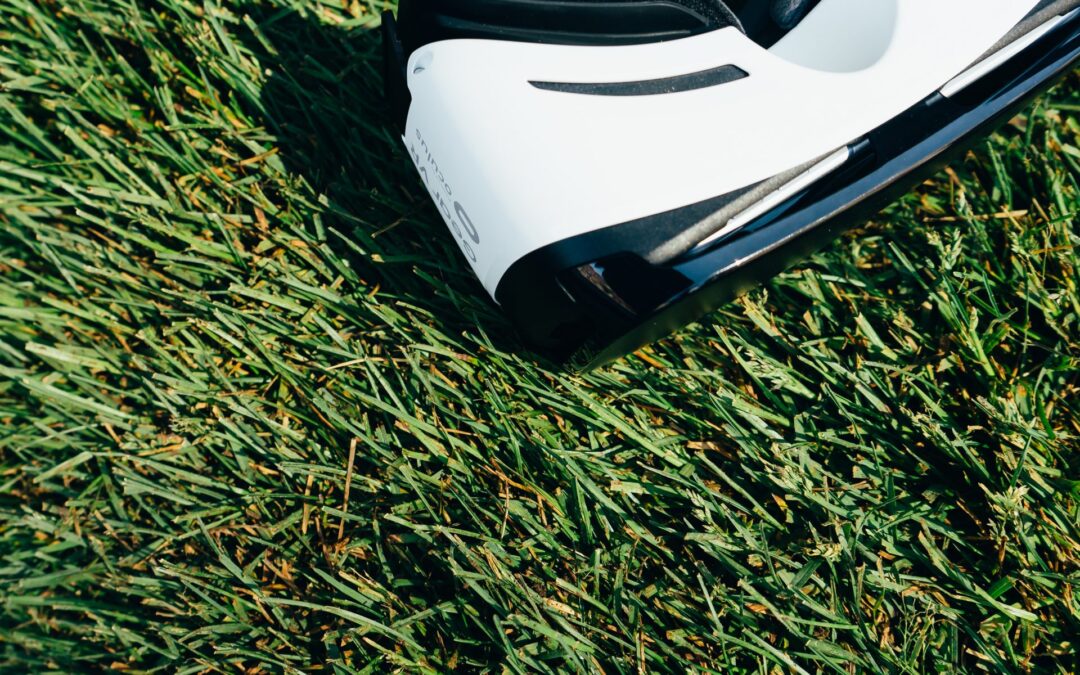
Virtual Reality Headsets for the Real Estate Industry
Sometimes, things just fit together. Those, you-complete-me types of unions are often accompanied by a response of joy and bliss and then, if the fit is built to last, the possibilities are endless.
The blissful fit we’d like to spotlight here is the serendipitous match between real estate and virtual reality headsets (HMD).
As we touched upon this previously, when in search of a perfect space, buyers/lessees are searching for much more than just a collection of walls. They’re on the hunt for that palpable yet not easily obtained “yes, this is me!” feeling of belonging and, if you will, the sense of a kismet with what is to be their next home or office. In today’s hectic race to save time and pack as much as we can into our overflowing schedules, coupling virtual reality with real estate can be a drastic time saver and efficiency booster for all parties involved.
That’s where virtual reality technology comes in, filling the gap between what is and what can be, giving buyers, sellers, lessees and brokers an opportunity to upgrade that somewhat outdated, real estate purchasing/leasing experience by providing a glimpse into the future state of the property, using 3-D imaging and virtual reality.
VR is an incredible tool that is still being developed, though, brimming with spectacular promise and foreshadowing a true real estate renaissance.
Current Virtual Reality headsets
Oculus Rift, acquired by Facebook in 2014, was released to the consumer market at the end of 2016. It currently retails around $350, dropping considerably from the starting price of $800. The device’s display offers a resolution of 1200 x 1080 pixels per eye, a refresh rate of 90hz and a 110-degree field of view. It’s proven to be very reliable when it comes to travelling around – creating an ease of use to demonstrate real estate virtual reality.
HTC Vive, also released at the end of 2016, sports impressive graphics, offers better room scale and tracking than Oculus Rift, but there’s a catch: the Vive’s sensors are more complex to arrange during travel. This headset was the choice for many groups in sales centers or other areas of their offices where the sensors remained stationary.
Released in October 2017, Windows Mixed Reality made its debut to the public, manufactured by such powerhouses as Acer, Samsung, Lenovo, HP and Dell. What makes this device stand out is the inside-out tracking that requires minimal set-up time, making it a great option for meetings. The inside-out tracking does not require separate sensors to track a person’s movement as they walk through and interact in space.
Upcoming Virtual Reality headsets?
This year, both HTC and Oculus are planning to release wireless devices in the $200 price range. A reduction in quality from the hard-wired versions should be expected, but we can certainly look at the increased freedom to move they’ll offer as a plus. Both companies are conjuring up the next major innovation, with the advancement of virtual reality technology – something we can look forward to in 2019.
LG is rumored to be joining the VR headset party in 2018 by releasing a HMD – possibly to be named UltraGear – using the same tracking platform as the HTC Vive. LG’s SteamVR headset stands to have a higher resolution and improved ergonomics over HTC Vive, so the release will offer an interesting comparison.
Somewhat of a wildcard that adds some excitement to the mix is Pimax, a Chinese manufacturer that recently raised over $4 million dollars on Kickstarter for an 8k display headset. The jury is still out on whether Pimax will be able to deliver on its promises and the verdict will come in once this product is released.
Other Headsets
Our overview would not be complete without mentioning VR headsets that are currently on the market from Google and Sony, to name a couple. These lower end devices do not quite match the performance levels of the above-mentioned options and as such are not the best options for a professional setting. In the future mobile VR will become more popular, but at the moment it has considerably higher latency compared to the hard-wired devices we discussed earlier and would be a stepdown in performance from a hardwired HMD.
With many options at play, new technology being developed rapidly and all interested parties brimming with excitement of what new prospects lie ahead, we’re certain that the VR headsets and real estate pairing is only at the scratching-the-surface stage of what is to come. We’re staying tuned.





